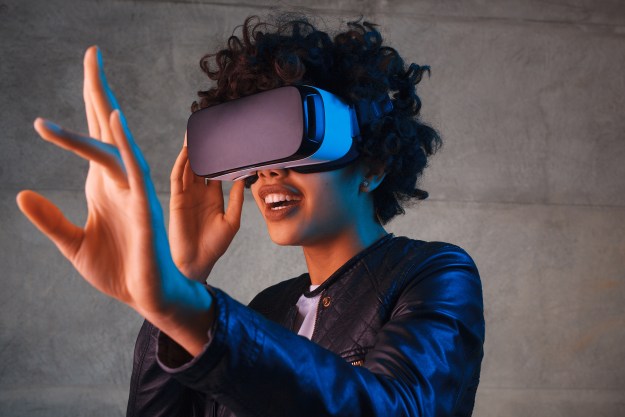The next version of Microsoft’s HoloLens headset for augmented reality will supposedly feature Qualcomm’s new Snapdragon XR1 processor. The rumor arrives by way of an anonymous source who claims the second-generation headset packing the XR1 chip, currently dubbed HoloLens 2, will make an appearance in January 2019. That means we could see the headset’s debut in six months during the CES 2019 show in Las Vegas.
Qualcomm introduced the Snapdragon XR1 processor in late May, a mobile chip optimized for extended reality (XR), an umbrella term that covers augmented reality, virtual reality, and mixed reality. The chip targets mainstream devices, or rather affordable products, to provide high-quality XR experiences without having to invest in high-priced hardware. The chip is mostly optimized for augmented reality powered by artificial intelligence.
That said, unlike Qualcomm’s other Snapdragon-branded chips, the XR1 isn’t meant for smartphones. Instead, companies including Meta, HTC’s Vive division, Pico, and Vuzix have already jumped on the XR1 bandwagon to produce new products, such as the next-generation Vuzix Blade headset for augmented reality. Microsoft wasn’t mentioned during Qualcomm’s XR1 announcement, but speculation points to a possible hush-hush until the official HoloLens 2 reveal next year.
Currently, Microsoft has two HoloLens bundles: the $5,000 Commercial Suite and the “cheaper” $3,000 Development Edition. Based on the prices alone, neither are meant for mainstream use. The Development Edition is designed for individual augmented reality application developers although the headset is used extensively in medical, retail, manufacturing, and other industries. The Commercial Suite adds enterprise-focused features like remote management to the developer-focused bundle.
HoloLens made its debut in March 2016 packing an Intel “Cherry Trail” processor running at 1GHz, 2GB of system memory, 1GB of memory dedicated to an embedded Holographic Processing Unit, a 2.4MP camera, and 64GB of storage. More than two years later, we have yet to see a second-generation unit although previous rumors pointed to the next version, codenamed Sydney, launching in the first quarter of 2019.
Previous rumors also expected the next-generation HoloLens to include Qualcomm’s Snapdragon 845 chip, which is currently making its way into smartphones such as Samsung’s Galaxy S9 and S9 Plus. But now that Qualcomm officially revealed the Snapdragon XR1, this latter chip makes more sense for Microsoft. Either way, the company appears to be moving toward an ARM-based headset, ditching Intel’s x86-based platform.
Qualcomm and Microsoft already have a newfound alliance with their “always connected” initiative. They created a Windows 10 platform based on Qualcomm’s Snapdragon processors that promises notebooks with a high performance, long battery life beyond 20 hours, a constant internet connection thanks to 4G LTE connectivity and an affordable price. The HoloLens 2 could be part of that initiative.
If Microsoft takes the Snapdragon XR1 route with its next HoloLens, the company is already set software-wise thanks to Windows on ARM. This is a version of Windows 10 that works on ARM-based processors, which “speak a different language” than CPUs produced by AMD and Intel. It’s Microsoft’s second attempt at supporting ARM-based hardware after Windows RT failed to win customers over during the Windows 8 era.
Editors' Recommendations
- Meet the Qualcomm chips powering Meta’s Quest 3 headset
- Turns out Microsoft’s HoloLens 3 might not be dead after all
- Apple’s mixed reality headset could be as powerful as the MacBook Pro
- Meet the Snapdragon 8 Gen 1, Qualcomm’s flagship mobile chip for 2022
- The HP Chromebook x2 11 is a premium 2-in-1 run by a Qualcomm Snapdragon chip


